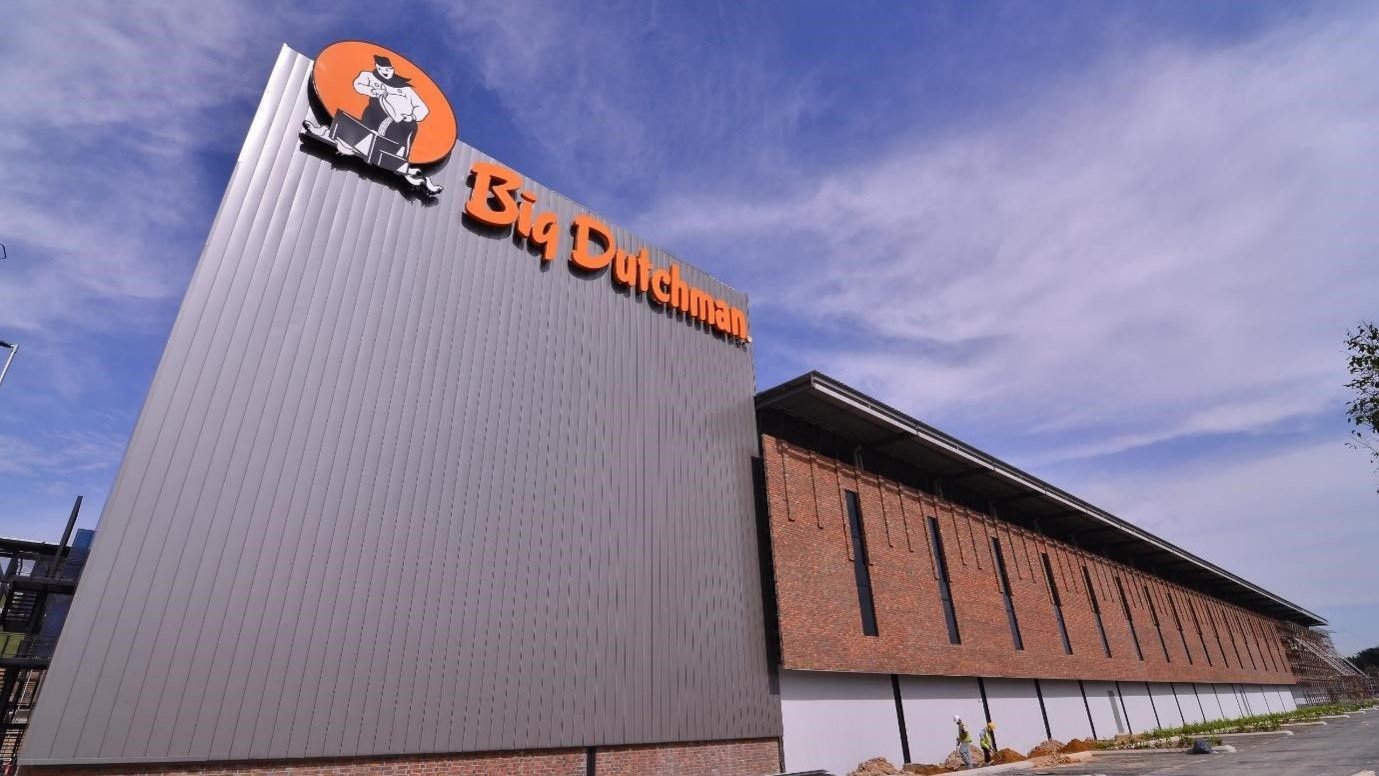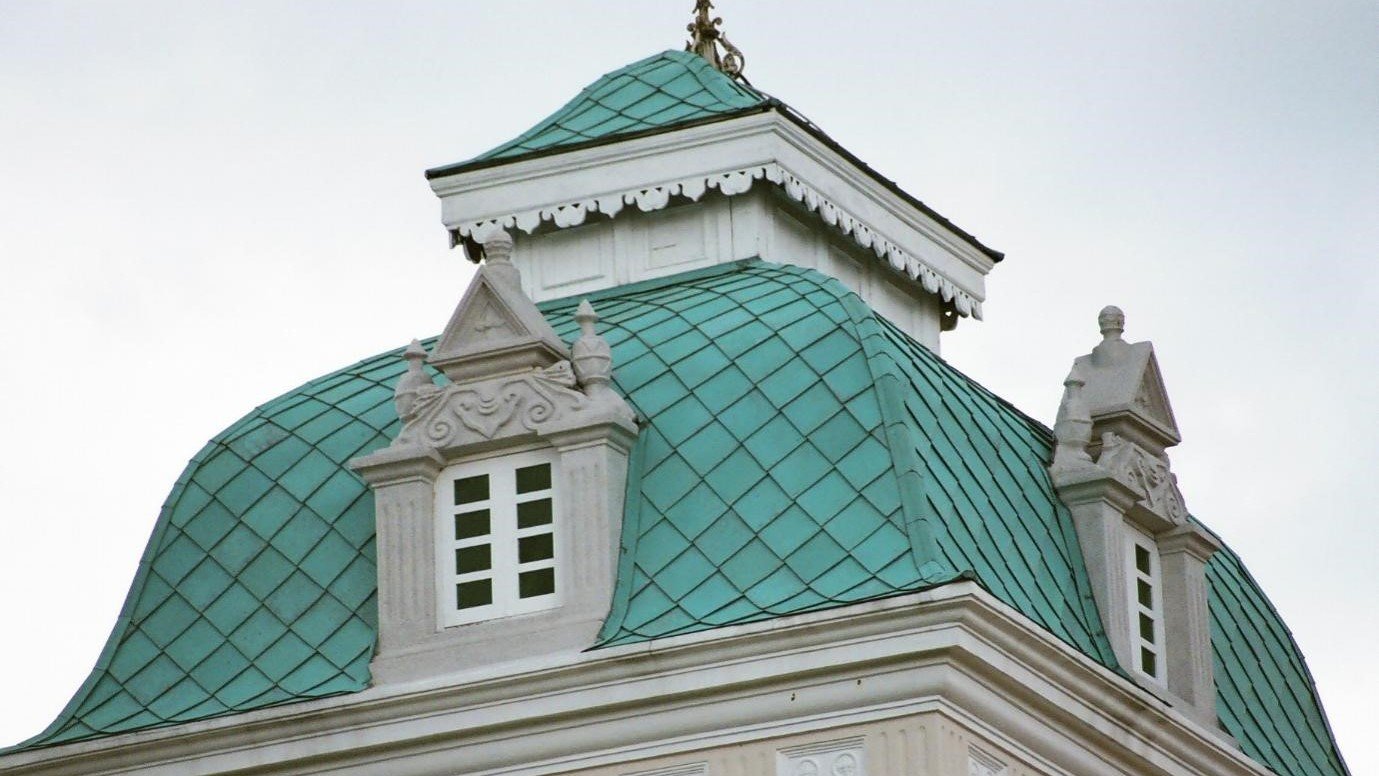Today, the need for “green buildings” are currently on the rise due to the increasing awareness of sustainable architecture. As such, sustainable cladding, which provides structural and aesthetic benefits, is an essential aspect to be considered as it positively affects the environment.
Basically, sustainable cladding is a fundamental component in delivering a holistic approach towards developing green and eco-friendly buildings for all. Without further ado, let’s get right to the heart of the matter!
But First, What is Sustainability in the Building Industry?
Sustainable construction entails the use of renewable and recyclable resources and materials. This practice takes into account the social, environmental, and economic factors when making decisions in matters related to the planning, development, and maintenance of buildings.
Undoubtedly, the building industry is extremely energy-intensive and generates high carbon emissions while being a massive consumer of natural resources. Thus, sustainability should be prioritised to develop greener buildings, deliver energy efficiency, and reduce carbon footprint.
Read More: The Different Types of Wall Cladding Materials in Malaysia
Examples of Sustainable Cladding Products
As metal is 100% recyclable, using metal cladding is one of the best solutions that you can take when vying for sustainability in the building industry. Opting for metal cladding creates a more sustainable circular economy, as the product can be used for a longer period of time, hence minimising its environmental impact.
In this article, we’ll focus on three different metal cladding materials, namely coated steel, copper, and titanium zinc.
1. Coated Steel
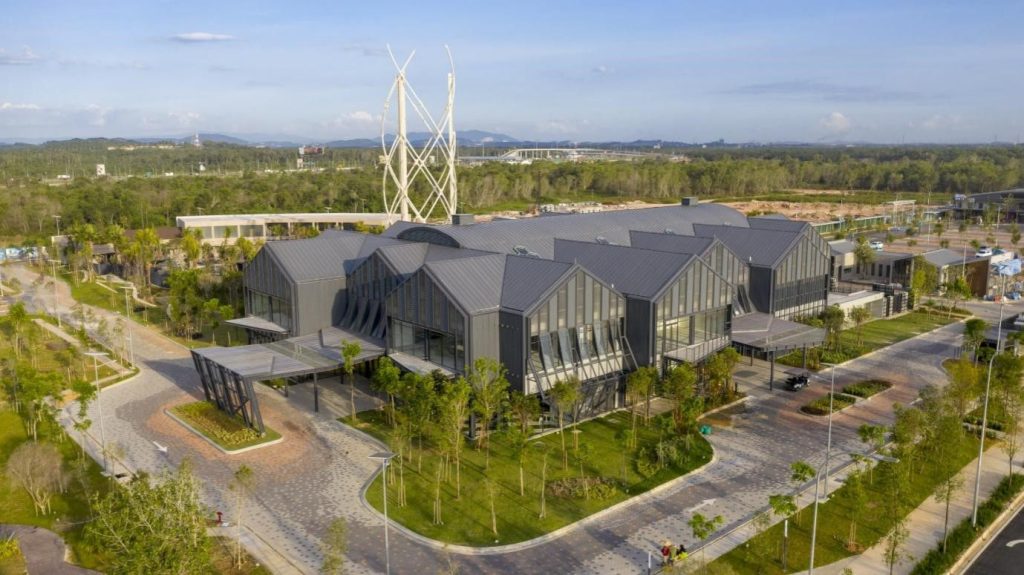
A game changer for coated steel applications, COLORBOND® steel is a pragmatic cladding material selection that accurately caters to your architectural and aesthetic needs. Delivering superior weathering performance, COLORBOND® steel cladding is able to endure Malaysia’s harsh environment and provide long-term durability.
Even better, this material is available in a wide range of colours and various finishing, such as matte and metallic finishes. COLORBOND® steel is specially designed with the advanced Thermatech® solar reflectance technology to provide better thermal comfort. Engineered for utmost endurance, its clean technology delivers enhanced stain protection to ensure your iconic building stays flawless.
Read More: 5 Benefits of Using COLORBOND® Steel for Your Building
2. Copper
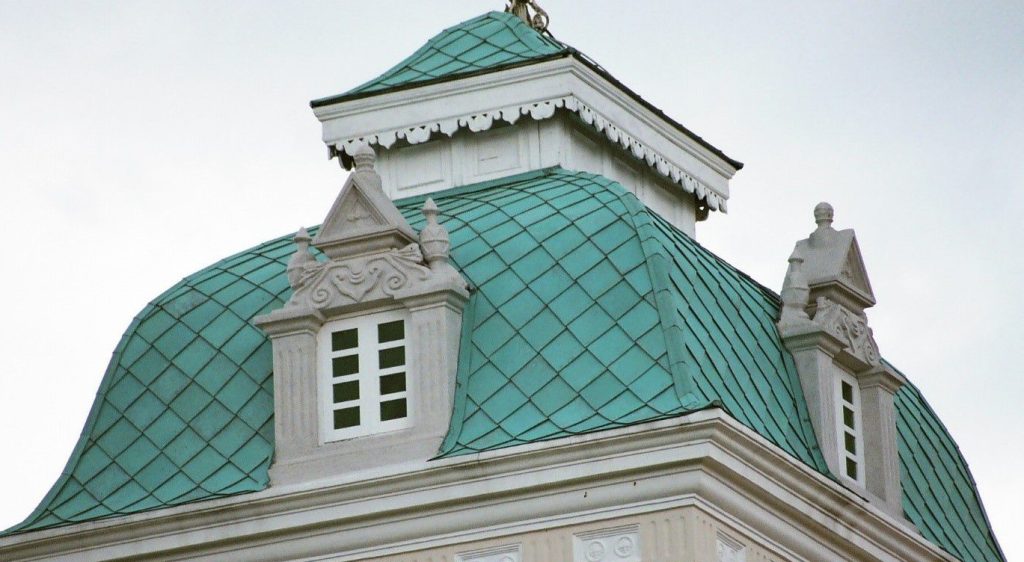
Ideal for various cladding applications, copper is a natural and sustainable cladding material that is highly durable, lightweight, and long-lasting. Suitable for both historical and contemporary building designs, copper is an ideal material to ensure your cladding withstands the test of time.
Copper is a non-ferrous material, a metal that does not include iron. Due to this, copper cladding offers better rust protection and is extremely corrosion-resistant. Moreover, as copper cladding can be easily assembled and has excellent malleability, it is a great option if one is searching for a robust material with a long lifespan.
3. Titanium Zinc
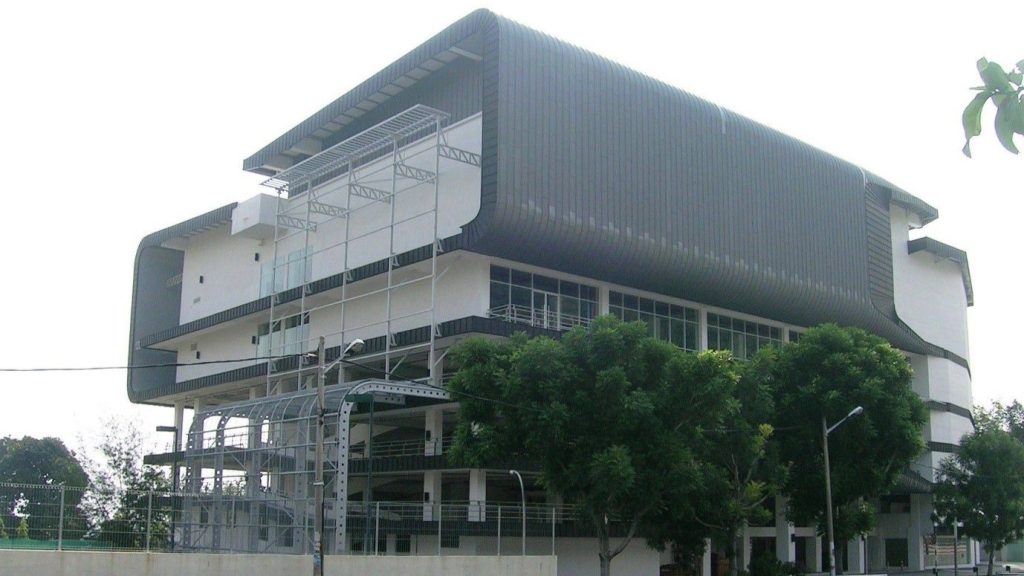
Meanwhile, titanium zinc cladding provides both technical and aesthetic advantages to develop iconic and beautiful buildings. This versatile material is suitable for almost all project applications, as it offers tremendous malleability and ease of processing. Also, its expansive colour range is able to add character to any architecture.
Titanium zinc is non-ferrous, which means that it’s a sustainable material that does not rust with age. This can be a significant advantage as it guarantees a long lifespan and reduces maintenance costs, providing peace of mind for owners.
How to Know if a Cladding Product is Sustainable?
Now that you’ve known some of the examples of sustainable cladding products, let’s talk about how you can tell whether the product is indeed sustainable. Here’s what you should do:
I. Do Thorough Research
First, you must find out the environmental impact of manufacturing the required materials and the construction of your building. How long can the material be used? What would happen to the material after its service life?
Next, the durability of the building is also an important aspect. For instance, if the building is not fire-safe and durable, then one can conclude that the building is not very sustainable.
Another subject to consider is your building’s surrounding environment. For example, if your building is located in a coastal climate, choosing the right material is crucial to ensure your building is well-protected against corrosion from the salt in seawater. A good option is the COLORBOND® Ultra steel, specifically designed to provide better performance for buildings in more demanding environments.
II. Ask Critical Questions
It’s no secret that businesses enjoy highlighting the benefits of their products. As such, you must look further to get solid and pertinent data on the products’ sustainability.
Above all, always remember to do your homework and get in touch with the company about your sustainability concerns. Lastly, if the manufacturer is not transparent about what is inside a product or how it’s made, you should certainly be suspicious about its sustainability factor.
High-Quality Sustainable Cladding Services
In hopes of improving the environmental performance of a building, we offer a myriad of sustainable cladding solutions, be it for commercial, residential, or industrial purposes. Available in different material options, our metal wall cladding solutions are customisable to meet your specific acoustical, climatic and thermal requirements.

